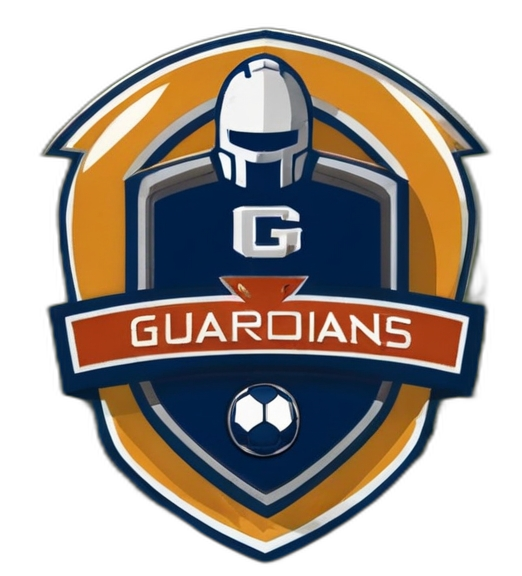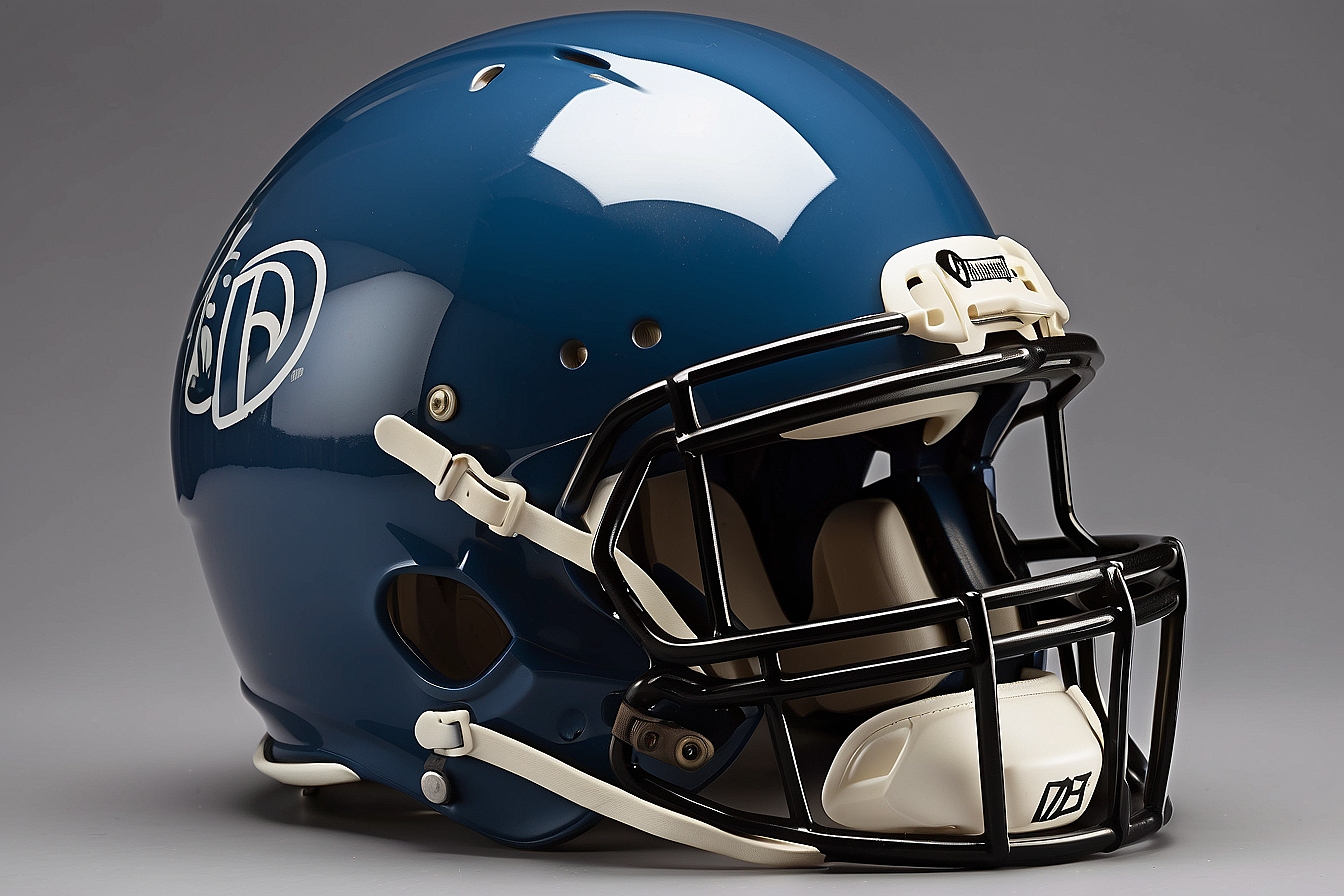
Introduction
If your child is passionate about football, you want to support their dreams and help them enjoy the game. Youth football is a popular and exciting sport that can help kids develop physical and mental skills, teamwork, and discipline.
However, it also comes with some risks of injury, especially to the head and neck area, which can have serious and long-term consequences. Proper helmet fit is paramount in preventing these injuries, that’s why choosing the right size of the football helmet for your child is one of the most important decisions you can make as a parent or coach.
In this article, we will focus on the concept of youth extra small (XXS) football helmets, which are designed for young players with smaller head sizes. Finding the right youth extra small football helmet size can be particularly challenging for extra small heads. By the end of this article, you will have a comprehensive guide on how to find the perfect youth extra small football helmet for your child.
We will cover the following aspects:
· How to determine if your child needs an extra small helmet and how to measure their head size.
· What are the types and benefits of extra small helmets and what features to look for?
· What are the top brands and models of extra small helmets and how they compare in terms of price, comfort and protection?
· How to properly fit and adjust an extra small helmet for optimal safety and performance.
· What are the safety considerations and guidelines for extra small helmets?
Understanding Youth Extra Small Football Helmet Sizing
The first step to finding the right helmet for your child is to understand the sizing system and how it relates to their head size. Football helmets come in different sizes, ranging from extra small to extra-large, depending on the manufacturer and model.
The size of the helmet is determined by the head circumference, which is the distance around the widest part of the head, above the eyebrows and ears. The typical head circumference range for extra small youth helmets is between 19 and 20 inches, or 48 and 51 centimeters. This is equivalent to a hat size of 6 to 6 3/8, or a fitted cap size of XS or S.
To compare, the head circumference range for other youth helmet sizes are:
· Small: 20 to 21 inches, or 51 to 54 centimeters
· Medium: 21 to 22 inches, or 54 to 56 centimeters
· Large: 22 to 23 inches, or 56 to 58 centimeters
These are general guidelines and may vary depending on the individual player and the helmet model.
Extra small helmets:
XXS helmets are designed for head circumferences typically ranging from 18.5 to 20 inches (47 to 51 cm). Compared to other youth sizes, XXS helmets cater to the smallest head sizes. Most players requiring XXS helmets are between 4 and 8 years old, though head size can vary significantly among this age group.
Common positions benefiting from XXS helmets include quarterback, running back, wide receiver, defensive back, kicker and punter, where a proper fit is crucial for agility and vision.
There are many options available for extra small youth helmets, from different brands, features, and price points. Some of the common features to look for in an extra small helmet are:
· Lightweight materials: A lighter helmet can reduce the strain on the neck and improve the mobility and comfort of the player.
· Adjustable padding: A helmet with inflatable or removable pads can allow for a more customized and snug fit, as well as accommodate for growth and hair changes.
· Ventilation: A helmet with air vents or channels can help keep the head cool and prevent overheating and sweating.
The benefits of extra small helmets:
The most important benefit of an extra small helmet is that it provides a proper fit for young players with smaller heads, which is essential for safety, comfort, and performance. A helmet that is too big or too small can increase the risk of injury, cause discomfort and distraction, and impair the vision and hearing of the player. An extra small helmet can also boost the confidence and enjoyment of the player, as they feel more comfortable and secure on the field.
Top Youth Extra Small Football Helmet Brands and Models
There are many brands that offer extra small youth helmets, but some of the most popular and reputable ones are Riddell, Schutt and Xenith. These brands have been in the industry for decades and have a proven track record of quality, innovation, and customer satisfaction. They also have a wide range of models to suit different preferences, budgets, and needs.
Here are some of the specific models that are designed for extra small heads and their features:
Riddell Youth SpeedFlex Football Helmet
The Riddell Youth SpeedFlex Football Helmet is one of the most advanced and popular helmets on the market. This helmet boasts a 5-Star safety rating from Virginia Tech, the highest possible rating for head injury risk reduction.
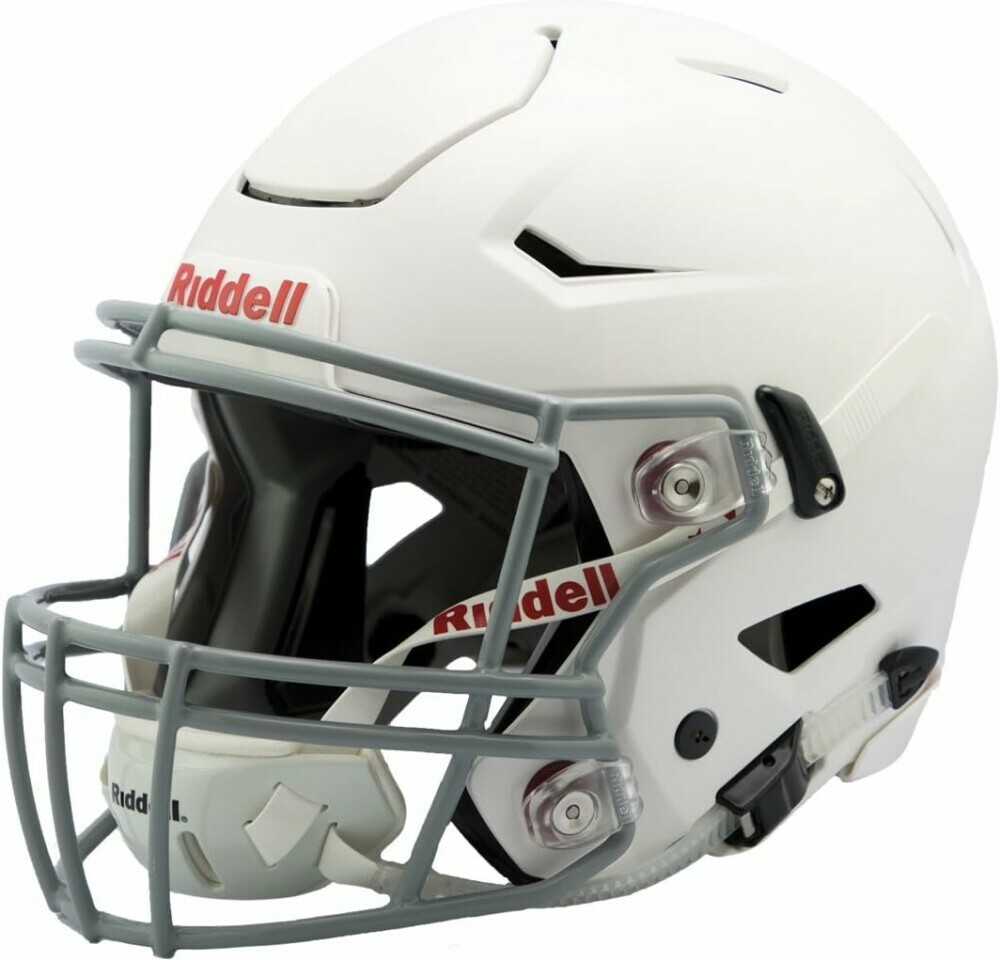
It features the patented SpeedFlex technology, which is a flexible shell that adapts to the shape and size of the head, as well as reduces the impact force from frontal collisions. Additional features include a ratchet-style chin strap, a quick-release face mask, and an inflatable liner for a secure and comfortable fit. The helmet weighs about 3.5 pounds and comes in various colors and styles.
Xenith Youth X2E+ Football Helmet
The Xenith Youth X2E+ Football Helmet is another high-performance and innovative helmet, with a 4-Star safety rating from the Virginia Tech Helmet Ratings. It features the adaptive fit system, which is a self-adjusting mechanism that conforms to the head shape and size, as well as provides a balanced and stable fit.
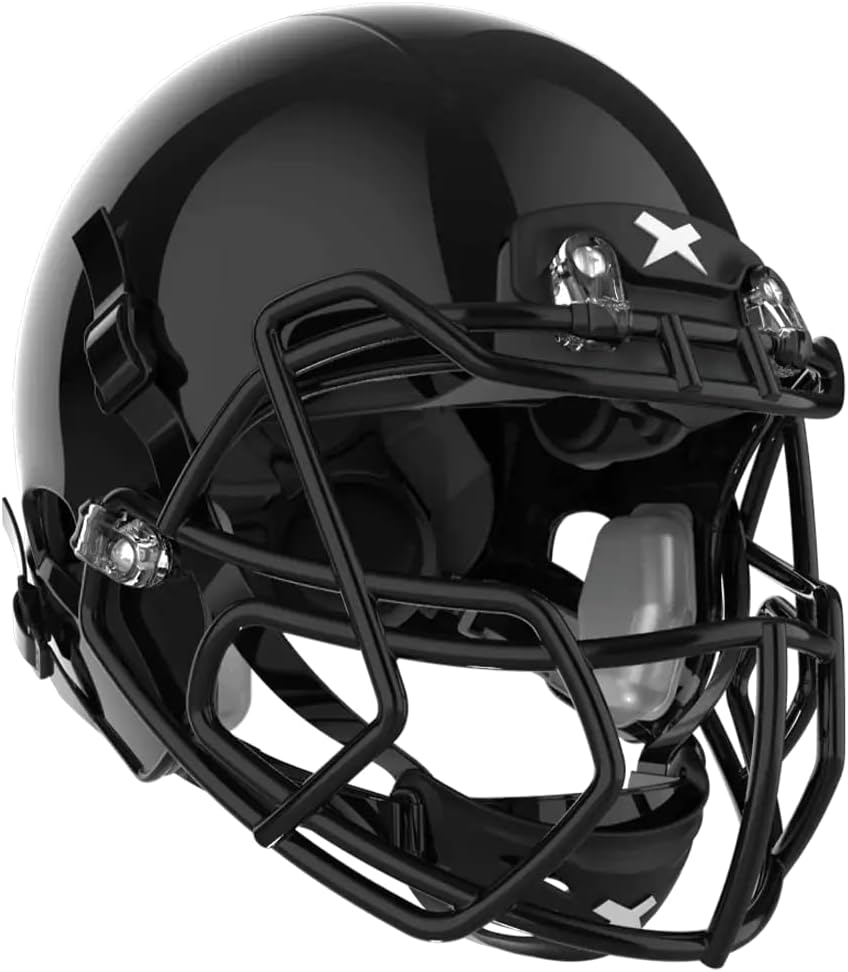
It also has the shock absorbers, which are energy-absorbing discs that reduce the impact force from all directions and angles. Other highlights include a moisture-wicking liner, strategic ventilation channels, and a durable polycarbonate shell.
The helmet weighs about 3.6 pounds and comes in various colors and styles.
Schutt Youth F7 LX1 Football Helmet
The Schutt Youth F7 LX1 Football Helmet is the latest and most advanced offering from Schutt, boasting a 5-Star safety rating from the Virginia Tech Helmet Ratings. It utilizes Schutt’s patented F7 design – a sleek and aerodynamic shell that enhances airflow, visibility, and reduces drag and weight. The F7 LX1 also features Schutt’s unique TPU cushioning system, a durable and resilient material that absorbs and disperses impact forces from all directions and angles.
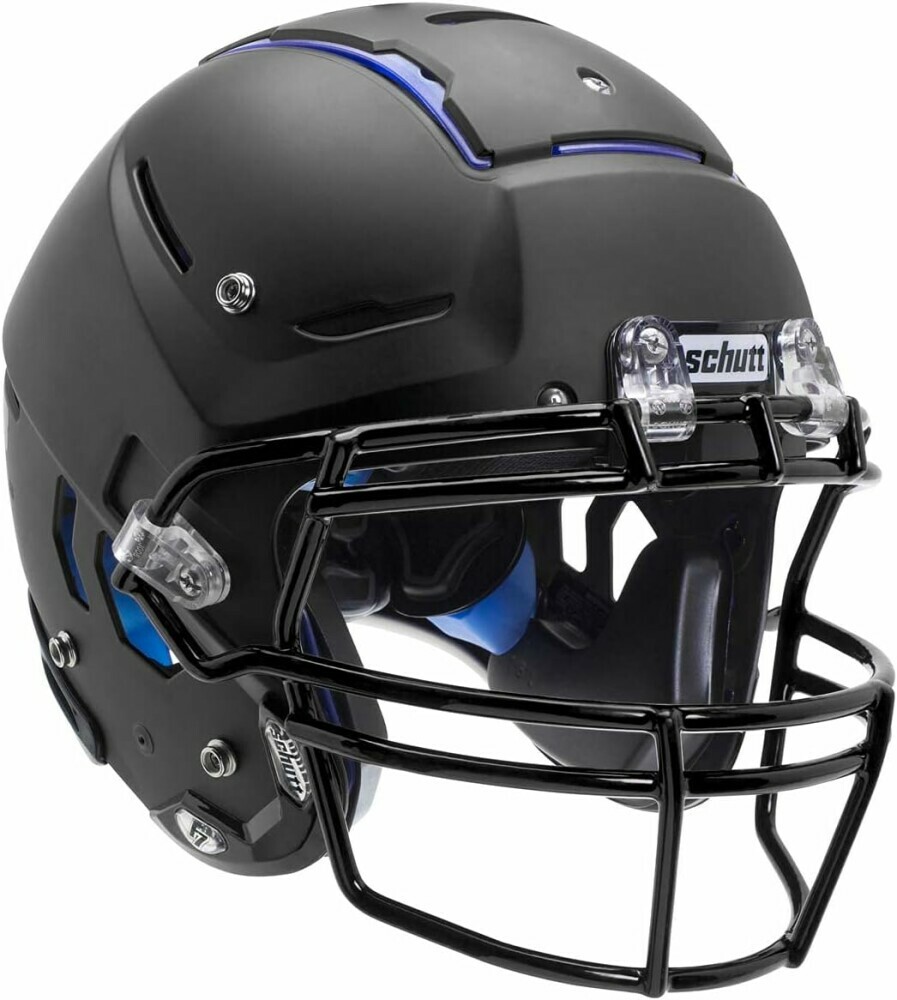
This helmet weighs approximately 3.8 pounds and is available in various colors and styles. It features a reinforced polycarbonate shell, adjustable Air Maxx TPU jaw pads, a moisture-wicking Dri-Gear liner for enhanced comfort, an easy-release facemask attachment system, and strategic ventilation channels for optimal airflow.
Compare and contrast the three helmets based on some criteria
To help you decide which helmet is the best for your child, we will compare and contrast the three helmets based on some criteria, such as price, comfort, and protection.
Price
The price of the three helmets varies depending on the model, size, color, and style, but here are some approximate ranges for comparison:
· Riddell Youth SpeedFlex Football Helmet: $250 to $300
· Xenith Youth X2E+ Football Helmet: $200 to $250
· Schutt Youth F7 LX1 Football Helmet: $300 to $350
The Riddell and Schutt helmets are on the higher end of the price spectrum and are the premium options prioritizing top-tier safety features and performance. The Xenith Youth X2E+ falls in the mid-range, usually priced between $200 and $300, offering advanced protection and customizable fit at a reasonable cost. However, the price of the helmet should not be the only factor to consider, as the value for money also depends on the quality, features, and durability of the helmet.
Comfort
The comfort of the three helmets depends on the fit, weight, ventilation, and padding of the helmet, as well as the personal preference of the player. The Riddell helmet has a flexible shell that adapts to the head shape and size, an inflatable liner that allows for a customized fit, and a ratchet-style chin strap that provides a secure and comfortable fit. The Xenith helmet has a self-adjusting mechanism that conforms to the head shape and size, a balanced and stable fit that prevents the helmet from shifting or sliding, and a shock suspension system that reduces the pressure and friction on the head. The Schutt helmet has a sleek and aerodynamic shell that enhances the airflow and visibility of the player, a lightweight and durable material that reduces the strain on the neck, and a resilient and responsive cushioning that provides a comfortable and snug fit.
Protection
The protection of the three helmets depends on the impact absorption, dispersion, and reduction of the helmet, as well as the safety standards and ratings of the helmet. The Riddell helmet has a 5-Star safety rating from the Virginia Tech Helmet Ratings, which is the highest possible rating for reducing the risk of concussion. It also has the SpeedFlex technology, which reduces the impact force from frontal collisions, and a quick-release face mask, which allows for easy removal in case of emergency. The Xenith helmet has a 4-Star safety rating from the Virginia Tech Helmet Ratings, which is also a high rating for reducing the risk of concussion. It also has the shock absorbers, which reduce the impact force from all directions and angles, and a flexible face mask, which minimizes the torque and leverage on the head. The Schutt helmet has a 5-Star safety rating from the Virginia Tech Helmet Ratings, which is the highest possible rating for reducing the risk of concussion. It also has the TPU cushioning, which absorbs and disperses the impact force from all directions and angles, and a titanium face mask, which is lighter and stronger than steel.
Proper Fitting and Adjustment Techniques
One of the most important aspects of finding the perfect extra small youth football helmet is to ensure that it fits properly and is adjusted correctly. A helmet that is too big or too small can increase the risk of injury, cause discomfort and distraction, and impair the vision and hearing of the player.
For a detailed step-by-step guide on accurately measuring your child’s head to find the right extra small youth football helmet size, check out our post ‘How To Accurately Measure For An Extra Small Youth Football Helmet Size’.
Safety Considerations for Extra Small Youth Helmets
Look for NOCSAE (National Operating Committee on Standards for Athletic Equipment) certification, which ensures the helmet meets rigorous safety standards for impact protection and performance. Follow the manufacturer’s recommendations for reconditioning and replacing helmets, as their protective capabilities can degrade over time with repeated impacts and wear.
Routinely inspect helmets for signs of damage, such as cracks, dents, or worn padding, and replace them immediately if any issues are found. Teach players proper tackling and blocking techniques to minimize the risk of head injuries and emphasize the importance of following safety protocols on the field.
Consider additional protective gear like mouth guards and neck rolls for added safety, particularly for younger players who may be more vulnerable to injuries.
Conclusion
Finding the perfect youth extra small football helmet is essential for ensuring the safety, comfort, and performance of young players with smaller head sizes. While selecting the right helmet involves careful consideration of factors like sizing, brand, protection levels, and budget, the key is achieving a secure and personalized fit.
Brands like Riddell, Xenith, and Schutt offer outstanding XXS helmet options, each with unique features and price points to suit various needs and preferences. Proper fitting techniques, adherence to safety standards, and routine maintenance are crucial in maximizing the protective capabilities of these helmets and promoting a safe and enjoyable football experience for young athletes.
Remember, investing in the right helmet is an investment in your child’s well-being and future on the field. Don’t hesitate to seek professional guidance or consult with experienced coaches and equipment managers for additional support.
By following this comprehensive guide, parents, coaches, and young players can navigate the world of youth extra small football helmets with confidence, prioritizing safety while fostering a lifelong love for the game.
